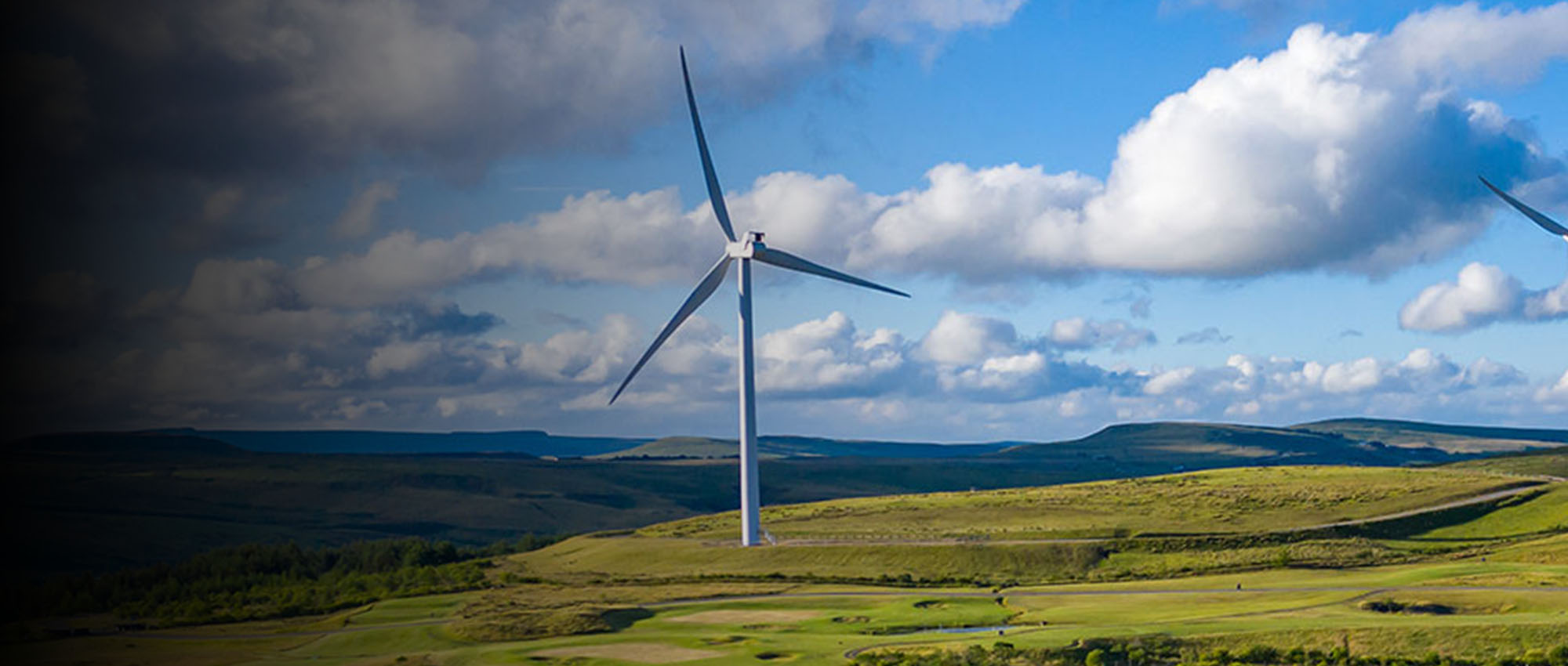Change your business address
If you're a full access user, you can update your business, registered, mailing and personal addresses within Online for Business and the Business banking app.
Supporting British businesses to grow sustainably and transition to a low carbon economy.

We’re helping businesses reduce their environmental impact through sustainable financing opportunities, enabling the move to a low carbon economy. Wherever you are on your journey, we can offer you support and guidance.
Get in touch with a specialist who can help with your business needs.

Our free checklist could help you assess how your current actions compare with sustainable best practices, as well as guide your planning for meaningful improvements in the months and years ahead.

We’ve teamed up with Soil Association Exchange to create the largest, most comprehensive review of farm environmental performance ever carried out in the UK.

In the ever-changing world of sustainability what does good look like? At UKREiiF 2024, our panel discussed challenges and opportunities for the housing sector.
Why not subscribe to our Sustainable Business newsletter, supporting UK businesses to grow sustainably and transition to a low carbon economy. You’ll receive a notification when we post, so you never miss an article.
*All lending is subject to status